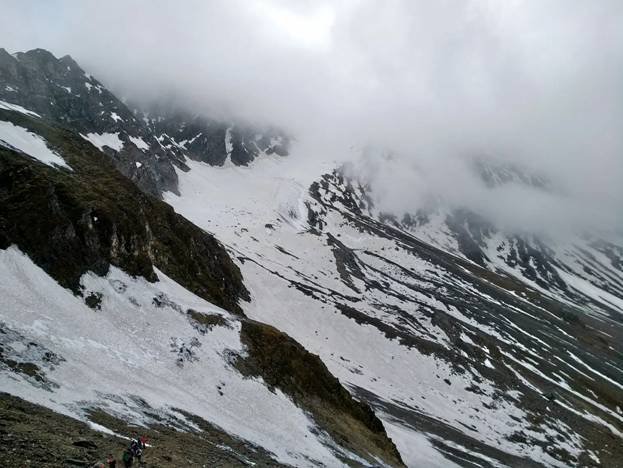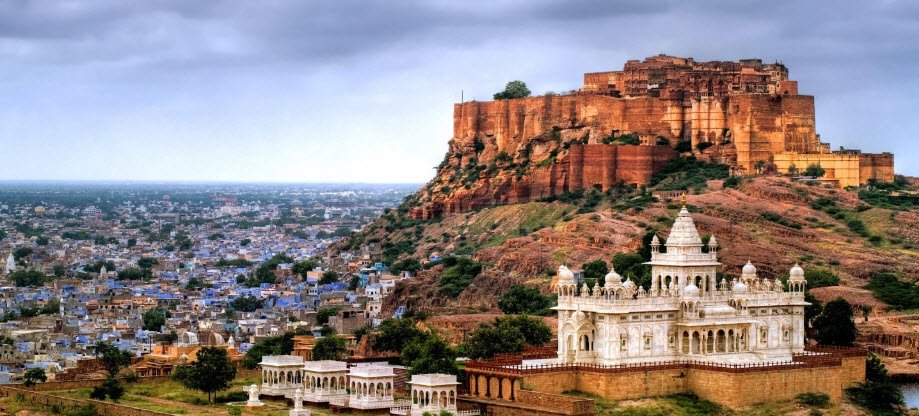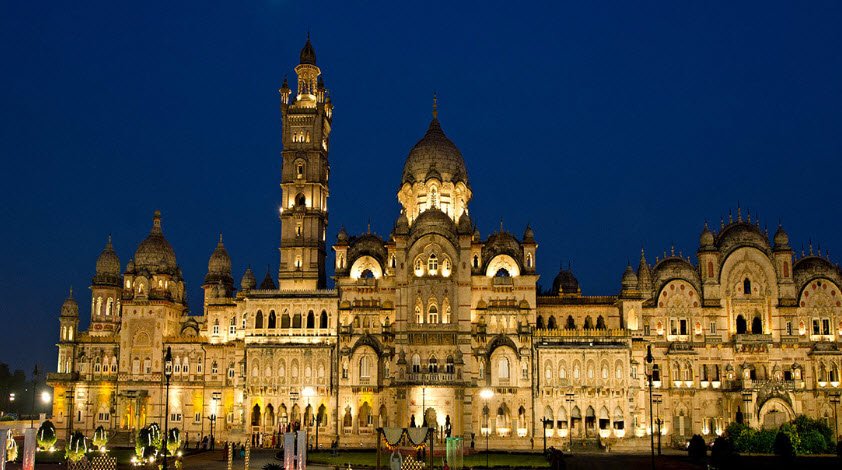
Major Events of the Indian National Movement (1904–1947)
Major Events of the Indian National Movement (1904–1947)
The Indian National Movement was a long and determined struggle that finally led to the independence of India in 1947. During this period, several political, social, and revolutionary events shaped the course of history. Below is a chronological account of the major milestones:
Early Political Developments (1904–1911)
- 1904 – Indian Universities Act: This Act gave the government greater control over universities, leading to widespread discontent among Indian intellectuals.
- 1905 – Partition of Bengal: Lord Curzon divided Bengal on communal lines, which sparked nationwide protests and the Swadeshi Movement.
- 1906 – Formation of the Muslim League: The All India Muslim League was established to represent Muslim interests.
- 1907 – Surat Session of Congress: A split occurred between Moderates and Extremists in the Indian National Congress.
- 1909 – Morley-Minto Reforms: Provided limited reforms, introducing separate electorates for Muslims.
- 1911 – Delhi Durbar: The British Emperor George V announced the annulment of Bengal partition and declared Delhi as the new capital of India.
Rise of Mass Movements (1916–1922)
- 1916 – Home Rule League: Launched by Bal Gangadhar Tilak and Annie Besant to demand self-rule.
- 1916 – Lucknow Pact: An agreement between the Congress and Muslim League to work jointly against British rule.
- 1917 – Champaran Satyagraha: Mahatma Gandhi’s first successful movement in India, supporting indigo farmers.
- 1919 – Rowlatt Act: Allowed detention without trial, leading to widespread protests.
- 1919 – Jallianwala Bagh Massacre: British troops under General Dyer opened fire on peaceful protestors, killing hundreds.
- 1919 – Montagu-Chelmsford Reforms: Introduced dyarchy in provinces.
- 1920 – Khilafat and Non-Cooperation Movement: Gandhi mobilized masses against British rule, combining Hindu-Muslim unity.
- 1922 – Chauri Chaura Incident: Violence during protests led Gandhi to call off the Non-Cooperation Movement.
Revolutionary and Political Struggles (1927–1932)
- 1927 – Simon Commission Appointed: Sent without Indian representation, it was boycotted nationwide.
- 1928 – Simon Commission Arrives in India: Protests erupted with the slogan “Simon Go Back.”
- 1929 – Bhagat Singh Bomb Incident: Revolutionary leaders threw bombs in the Central Legislative Assembly to protest against British laws.
- 1929 – Demand for Complete Independence (Purna Swaraj): The Congress declared total independence as its ultimate goal.
- 1930 – Civil Disobedience Movement: Gandhi launched the Salt March, igniting protests across India.
- 1930–1932 – Round Table Conferences: Series of discussions in London between Indian leaders and the British government, but without concrete results.
- 1932 – Communal Award: Introduced separate electorates for minorities.
- 1932 – Poona Pact: Agreement between Gandhi and Dr. B.R. Ambedkar on representation of depressed classes.
Towards Independence (1942–1947)
- 1942 – Quit India Movement: Gandhi gave the call “Do or Die”, demanding immediate British withdrawal.
- 1942 – Cripps Mission: Attempted to offer constitutional reforms, but failed.
- 1943 – Indian National Army (INA): Subhas Chandra Bose revived the INA to fight the British with Japanese support.
- 1946 – Cabinet Mission: Proposed a plan for India’s independence and formation of a Constituent Assembly.
- 1946 – Constituent Assembly Elections: Marked the beginning of framing the Indian Constitution.
- 1946 – Interim Government: Led by Jawaharlal Nehru, it functioned as a provisional government.
- 1947 – Mountbatten Plan: Announced the partition of India into India and Pakistan.
- 1947 – Indian Independence: On 15th August 1947, India finally gained freedom after almost two centuries of colonial rule.
Conclusion
The Indian National Movement was not just a political struggle but a social, cultural, and ideological revolution. From the Partition of Bengal to the Quit India Movement, and from Gandhian non-violence to revolutionary activities, every event played a role in uniting the nation against British rule.
The sacrifices of countless leaders and freedom fighters ultimately paved the way for India’s independence in 1947.










